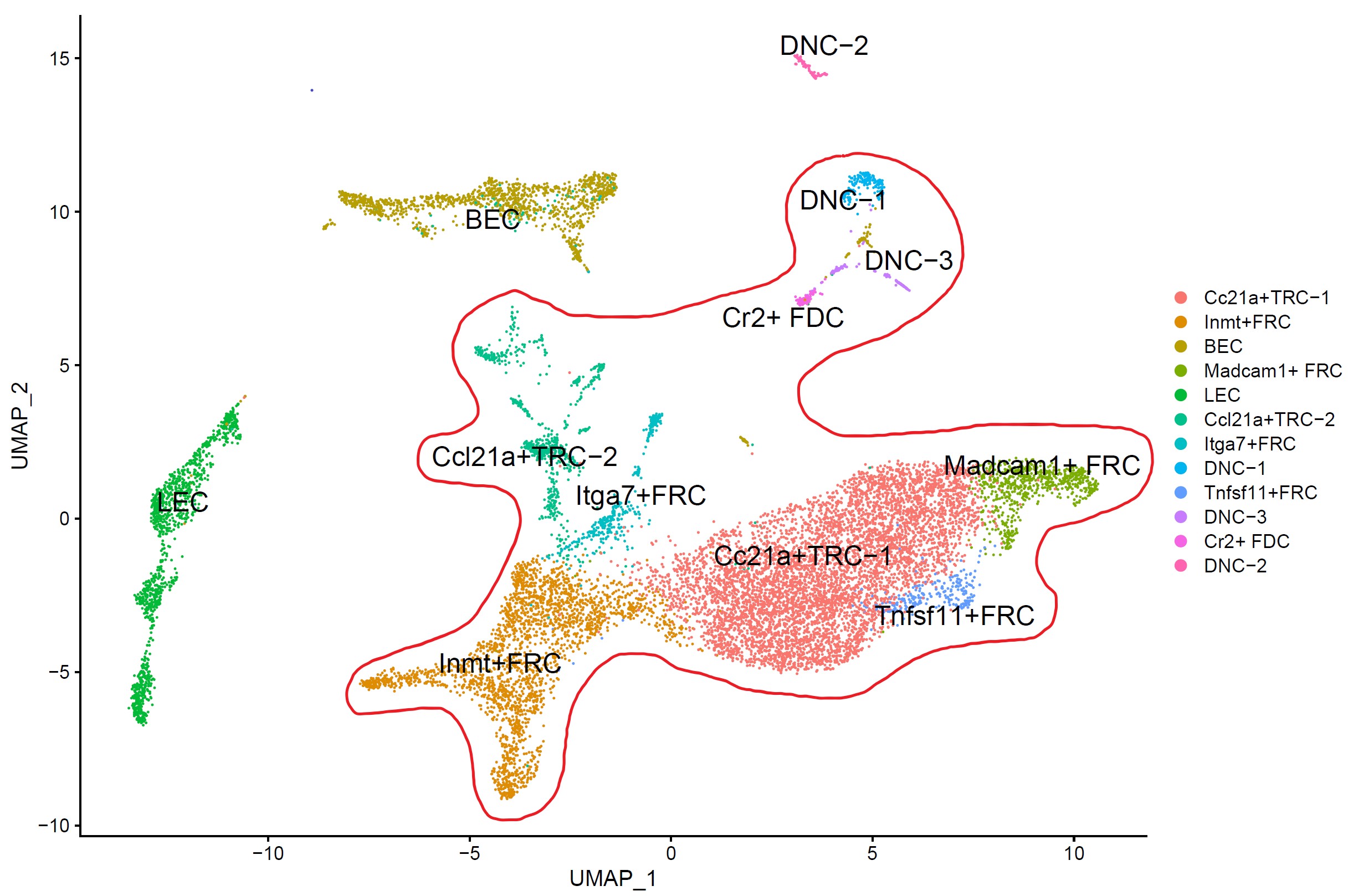Fibroblastic Reticular Cell Subset Transcriptional Reprogramming Differs in Response to Immunity versus Tolerance
1UMB, Baltimore, MD, 2Harvard University, Boston, MD
Meeting: 2022 American Transplant Congress
Abstract number: 91
Keywords: Alloantigens, Genomics, Lymph node, Mice
Topic: Basic Science » Basic Science » 07 - Vascular, Lymphatic, Stromal and Parenchymal Cell Biology
Session Information
Session Name: Histocompatibility and Endothelial/Lymphatic Cell Biology
Session Type: Rapid Fire Oral Abstract
Date: Sunday, June 5, 2022
Session Time: 3:30pm-5:00pm
 Presentation Time: 4:20pm-4:30pm
Presentation Time: 4:20pm-4:30pm
Location: Hynes Room 310
*Purpose: Lymph node (LN) fibroblastic reticular cells (FRCs) are central contributors to the LN niche. We hypothesized that FRC subsets reactive to immunity versus tolerance induction by differentially expressing diverse genes and immune programs.
*Methods: C57BL/6 mice received donor-specific transfusion (DST)or DST+anti-CD40L for immunity and tolerance induction, respectively. For single cell RNA sequencing, more than 2×104 CD45– LN stromal cells were run on the 10X Chromium Controller (10X Genomics) to partition single cells with uniquely barcoded beads and processed for sequencing library preparation using the Chromium Single Cell 3’ Reagent Kit. cDNA libraries were sequenced on a NovaSeq 6000 sequencing system. 4 x 103 cells per sample were captured on the 10X Chromium chip. 5-10 x 104 reads/cell were obtained with characterization of 2-3 x 103 transcripts/cell.
*Results: Based on the differentially expressed genes, FRCs were classified into seven subsets, including two clusters of Ccl21a+TRCs, indolethylamine N-methyltransferase (Inmt)+ FRCs, mucosal vascular addressin cell adhesion molecule 1 (Madcam1)+ FRCs, tumor necrosis factor superfamily member 11 (Tnfsf11)+ FRCs, integrin subunit alpha 7 (Itga7)+ FRCs, and complement receptor 2 (Cr2)+ FDCs (Figure 1). After tolerance or immunity induction, the over-arching genetic identity of FRC subsets did not change, so neither new subsets appeared nor any homeostatic subsets disappeared, indicating the heterogeneity of LNSCs was not affected by immunity or tolerance. However, in response to tolerance or immunity, each subset responded with the expression of different genes, as summarized in Table 1, indicating FRC subsets had transcriptional reprogramming.
*Conclusions: The genetic identity of FRC subsets is predetermined in the steady state and is not affected by immunity or tolerance induction. However, FRC subsets differentially express diverse genes in response to immune stimuli.
| Tolerance | Immunity | |
| Cc21a+TRC | Il6 ↓ | Ltbr ↓ |
| Cc21a+TRC-2 | Col1a1, Col1a2 ↓ | |
| Madcam1+ FRC | Lama5 ↑ | Lama5, Tlr2 ↑ |
| Tnfsf11+FRC | Pdpn, Gbp5, Bcam ↑ | Dll4 ↑ |
| Itga7+FRC | Pdgfra, Inmt, Ccl2, Vcam1 ↑ | Icam1, Ltbr ↓ |
| Cr2+FDC | Pecam1, ll10rb ↓ | |
| Inmt+FRC | Itga2b, Il17ra, Enpp2, Lama4 ↑ |
To cite this abstract in AMA style:
Li L, Song Y, Shirkey M, Kensiski A, Piao W, Saxena V, Gavzy S, Ma B, Abdi R, Bromberg J. Fibroblastic Reticular Cell Subset Transcriptional Reprogramming Differs in Response to Immunity versus Tolerance [abstract]. Am J Transplant. 2022; 22 (suppl 3). https://atcmeetingabstracts.com/abstract/fibroblastic-reticular-cell-subset-transcriptional-reprogramming-differs-in-response-to-immunity-versus-tolerance/. Accessed December 18, 2025.« Back to 2022 American Transplant Congress

